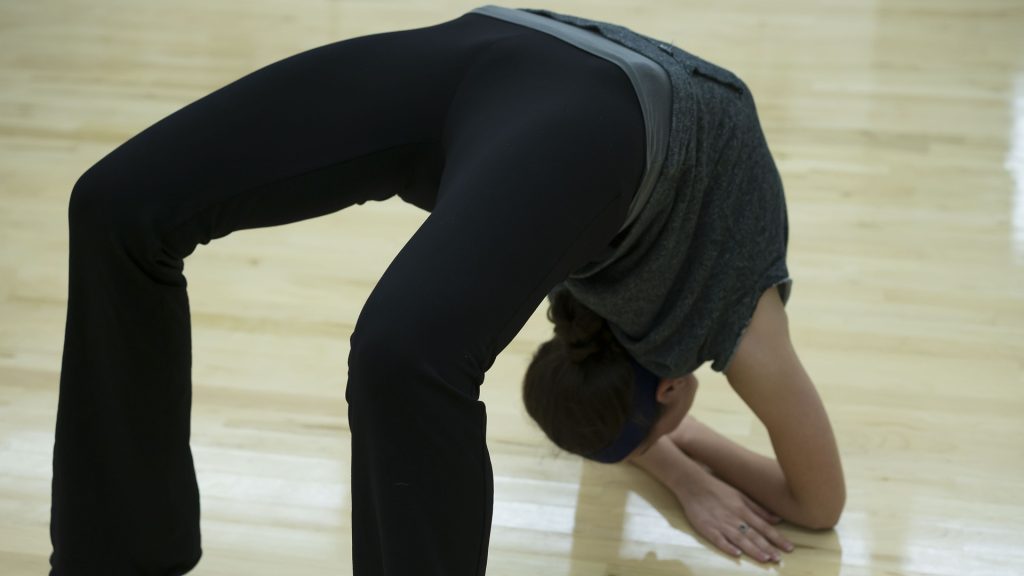
The Transformative Power of Yoga: Enhancing Your Body’s Well-being
In a world that seems to perpetually race against time, finding solace and peace within oneself becomes an elusive pursuit. Yoga, an ancient practice rooted in mindfulness and physicality, emerges as a beacon of hope in this chaotic modern era. Beyond its widely acknowledged mental and spiritual advantages, yoga profoundly impacts the body, bestowing a multitude of physical benefits that enhance overall well-being.

Flexibility and Mobility
One of the most evident and celebrated outcomes of a consistent yoga practice is increased flexibility. Through a series of asanas or poses, yoga gently stretches the muscles, tendons, and ligaments, gradually increasing their elasticity. This improved flexibility not only aids in performing daily tasks with ease but also reduces the risk of injury by enhancing the body’s range of motion.
Strength Building
Contrary to popular belief, yoga isn’t just about stretching; it’s also an exceptional way to build strength. Many yoga poses require holding oneself in specific positions, engaging various muscle groups to maintain balance and stability. As practitioners progress in their practice, they often notice a significant increase in overall body strength, particularly in the core, arms, legs, and back.
Posture Improvement
The sedentary nature of modern life often leads to poor posture, causing various musculoskeletal issues. Regular practice of yoga corrects and improves posture by strengthening the muscles responsible for supporting the spine. Poses such as Mountain Pose (Tadasana) and Warrior Pose (Virabhadrasana) encourage proper alignment, preventing slouching and relieving strain on the spine.
Enhanced Balance and Stability
Yoga’s focus on stability and body awareness contributes significantly to improving balance. Standing poses like Tree Pose (Vrikshasana) or balancing on one leg in Warrior III (Virabhadrasana III) help refine proprioception and coordination. Over time, practitioners experience heightened balance, which extends beyond the yoga mat, reducing the risk of falls and enhancing overall stability in daily activities.
Joint Health
Yoga’s gentle movements and controlled stretches benefit joint health by increasing synovial fluid production. This lubricates the joints, improving their flexibility and reducing stiffness. For individuals with conditions like arthritis, a tailored yoga practice can alleviate discomfort and enhance joint mobility without placing undue stress on them.

Stress Reduction and Muscle Relaxation
The practice of yoga is intrinsically intertwined with mindfulness and relaxation techniques, such as controlled breathing (pranayama) and guided meditation. These elements activate the parasympathetic nervous system, inducing a state of deep relaxation. As a result, muscle tension reduces, promoting relaxation throughout the body and alleviating the physical symptoms of stress.
Improved Circulation
The combination of controlled breathing and various yoga poses stimulates blood flow throughout the body. Twists, inversions, and forward bends aid in venous return, facilitating the circulation of oxygenated blood to various organs. Enhanced circulation not only boosts energy levels but also supports the body’s natural healing processes.

Weight Management
While yoga might not be as high-intensity as some cardio workouts, it plays a crucial role in weight management. It promotes mindfulness and self-awareness, leading to better eating habits and increased body awareness. Additionally, certain yoga styles, such as Vinyasa or Power Yoga, offer more rigorous sessions that can contribute to burning calories and toning muscles.
In conclusion, yoga transcends the realms of physical exercise; it becomes a holistic approach to nurturing the body. Its multifaceted benefits encompass flexibility, strength, posture correction, balance, joint health, stress reduction, circulation improvement, and weight management. By embracing yoga as a regular practice, individuals can embark on a journey towards a healthier, more harmonious relationship with their bodies, unlocking their fullest potential for well-being.







